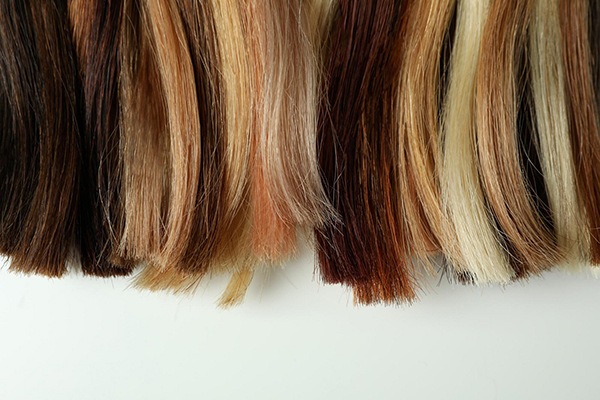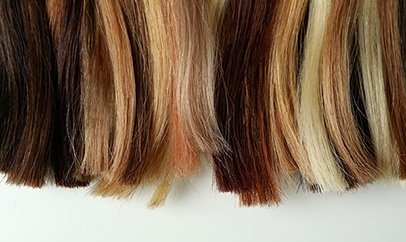In recent years, hair transplant treatments have advanced significantly, yielding long-lasting, impressively natural-looking results. There is a less social stigma attached to them now that more people are willing to talk about their hair transplants.

In the same way, other forms of cosmetic surgery can increase one’s confidence; a hair transplant can help one regain lost feelings of pride. However, before the surgery, you should learn all the ins and outs. It is helpful to gain knowledge about the many methods used to treat the problem to determine the best course of action
Follicular Unit Extraction (FUE)
FUE is a cutting-edge hair restoration method that has become increasingly popular recently. The advantages of FUE hair transplants are substantial. One benefit is that no donor-area scarring will result because no donor-area strip will be removed. Patients report less pain after undergoing FUE hair transplantation since the follicular units are removed one by one from the donor areas of the scalp.
Sapphire Hair Transplant
Similar to the previous approach, the recipient canals in a Sapphire Hair Transplant FUE are opened with blades fashioned from a valuable gemstone.
For the Sapphire FUE method, rather than using slits like in Classic FUE, special sapphire blades with superfine needles are used to open the canals or holes. Simply put, the holes are circular rather than laterally oriented, but this ensures that they are all the same size, which is commensurate with the size of hair follicles.
It is possible to make smaller, circular incisions with the Sapphire FUE technique, allowing for more discrete channels (thanks to the sapphire blades). Thus, the time required for recovery is less than that of Classic FUE.
Sapphire FUE ensures a more significant percentage of follicular unit regeneration because its narrower channels stop hair follicles from shifting.
Direct Hair Implantation (DHI)
With a DHI Pen, also known as a DHI Implanter or CHOI Pen, hair grafts can be surgically implanted directly into the scalp. To ensure that each newly implanted follicle is placed at the ideal angle, depth, and desired orientation, DHI uses the CHOI Pen.
The DHI method’s main benefit is the simplicity with which hair transplants can be implanted between preexisting hairs to increase density. In addition, the CHOI pen eliminates the requirement for “canal openings” because the grafts are inserted directly into the recipient site.
Body Hair to Head Transplant (BHT)
To combat a scarcity of donor’s hair, many men are turning to body hair transplantation, also known as BHFUE. Most hair restoration specialists, like hair transplants Perth, tell us that this is possible depending on several factors, including the degree to which head and body hair are genetically similar, the size of the donor area, and the length of the body hair.
The hair on your body grows at a different rate than the hair on your head. Permanent, natural-looking hair growth follows after about a year and a half from the time of the transplant.
Needle-Free Jet Injector Hair Transplant
Some devices, called Needle-Free (Numbing) Injectors or Jet Injectors, employ high air pressure to administer a local anesthetic medicine via silicon heads directly into the skin. Due to the high air pressure, the needle can pierce the skin in less than a third of a second.
Patients who do not want injections via needle for whatever reason can rest easy with Jet Injectors because the pain is reduced by 70%. There will be no discomfort for you. In preparation for a hair transplant, this tool is used to administer local anesthesia to the areas undergoing extraction and implantation.
Takeaway
Treatments are available for those dealing with hair thinning or loss. However, there is no surefire cure for hair loss, and the fees can increase rapidly.
However, if you’ve discussed treatment options with your doctor and other typical methods of hair regeneration haven’t helped, a hair transplant may be worth investigating. Transplantation is something to consider if your medical team believes you will benefit from it and you are a good candidate.


